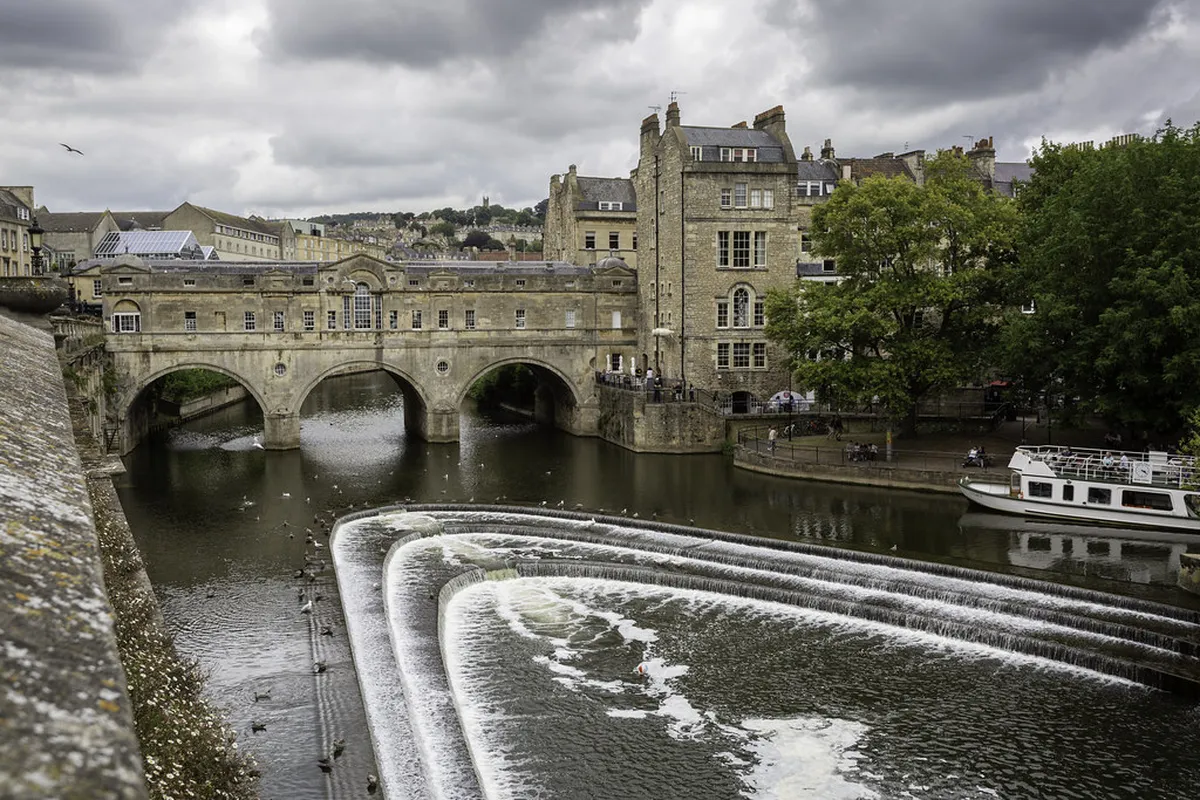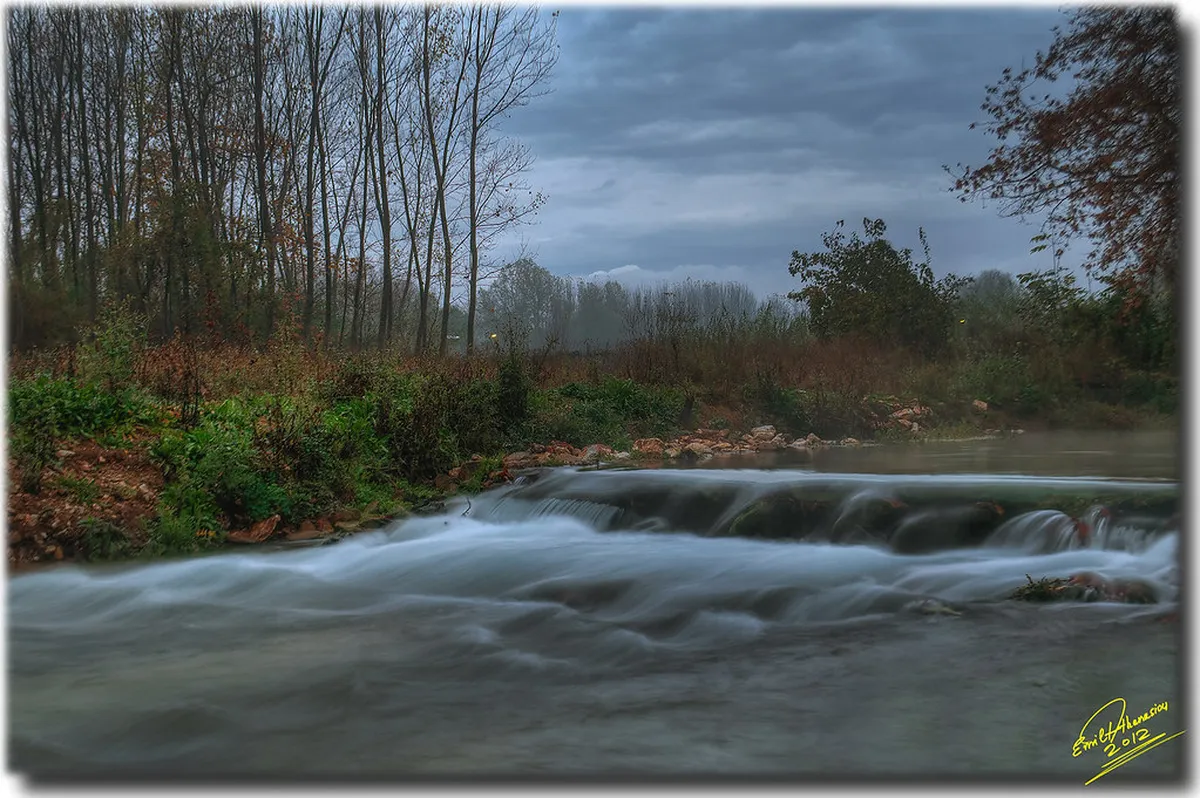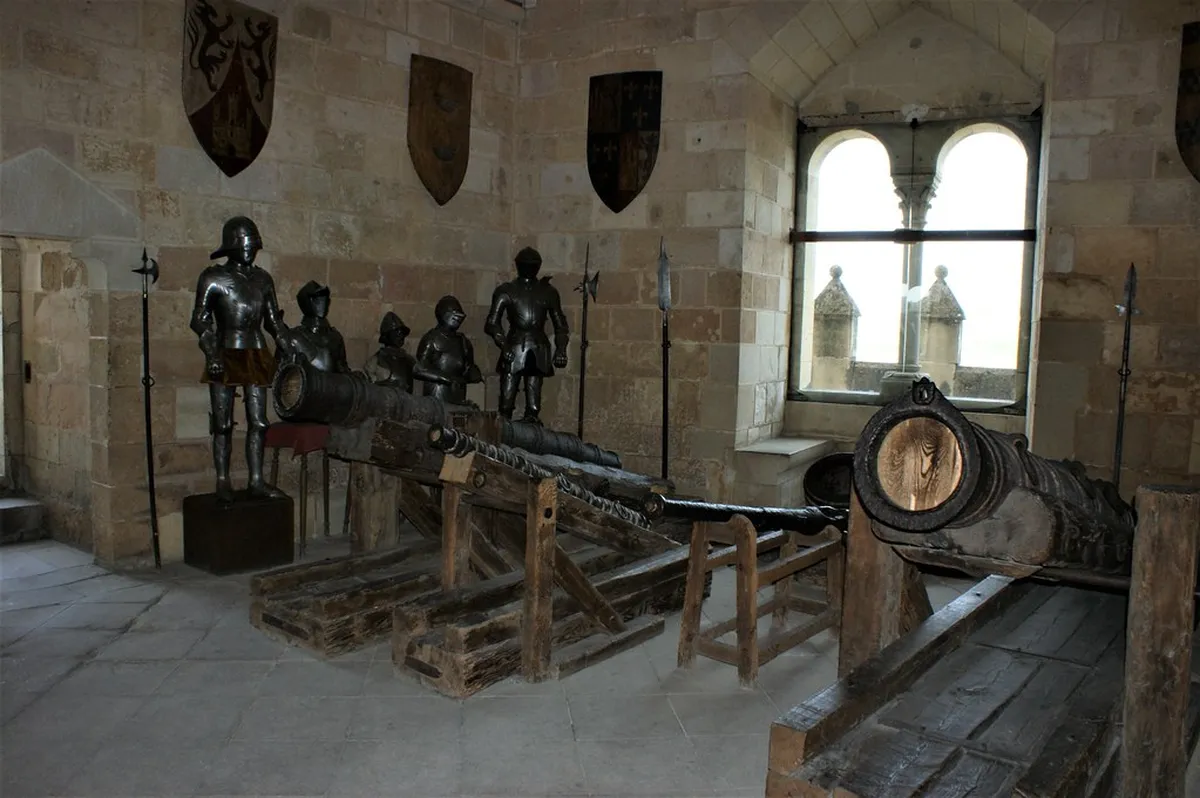Uncovering the Rich Pulteney Bridge Bath History
Pulteney Bridge stands as a true icon of Bath, England. Its unique architecture captivates visitors worldwide. Understanding the Pulteney Bridge Bath history reveals a tale of vision and engineering. This guide uncovers its past and present significance.
Built in the 18th century, it is one of only four bridges worldwide with shops across its full span. It connects the city center with the historic Bathwick estate. Discover more about planning your Bath itinerary for an unforgettable trip. This remarkable structure perfectly embodies Georgian elegance.
The Visionary Mind: Robert Adam's Design
Plan this trip faster with our free online itinerary maker. Get a personalized day-by-day plan in minutes.
The story of Pulteney Bridge begins with a bold vision. William Pulteney, a wealthy landowner, wanted to develop his Bathwick estate. He envisioned a new town across the River Avon. A grand bridge was essential for this ambitious plan.
Pulteney commissioned the famous Scottish architect, Robert Adam. Adam was a leading figure in neoclassical architecture. He drew inspiration from two magnificent bridges in Italy. The Ponte Vecchio in Florence and the Ponte di Rialto in Venice influenced his design.
Adam's design for Pulteney Bridge was revolutionary. It featured shops built directly into its structure. This unique approach blended commerce with practical crossings. The bridge was intended to be more than just a pathway. It would become an integral part of Bath's urban landscape. Explore other top Bath attractions during your stay.
Construction began in 1769. The bridge would span the swift-flowing River Avon. Adam's innovative plans promised a stunning focal point. Its Palladian style truly defined Georgian elegance. This design remains a marvel in 2025.
Construction Challenges and Early Years
Building Pulteney Bridge presented many difficulties. The River Avon's strong currents posed a significant challenge. Engineers had to devise robust foundations. They used local Bath stone for its durable qualities.
The bridge officially opened in 1774. It immediately transformed Bath's connectivity. People could now easily access the Bathwick estate. The shops quickly attracted merchants and customers. This made the bridge a bustling commercial hub.
Early shops included milliners, booksellers, and jewelers. The bridge became a social gathering place. It offered picturesque views of the weir and surrounding city. Its elegant arches drew immediate admiration from visitors.
The bridge’s original purpose was fully realized. It connected Pulteney's developments with central Bath. This architectural achievement greatly enhanced the city's appeal. Consider a walking tour to appreciate its intricate details. You can learn more about its construction firsthand.
Pulteney Bridge's Unique Shops and Architecture
What makes Pulteney Bridge truly special are its iconic shops. These structures line both sides of the bridge. They give it a distinctive, intimate feel. It feels like a charming street suspended over water.
The current shops offer a diverse range of goods and services. Visitors can find flower shops, antique stores, and small cafes. Enjoy a unique shopping experience there. Many window displays offer delightful glimpses into local craftsmanship.
The bridge's Palladian architecture is also notable. It features three elegant arches. Corinthian pilasters and a pediment adorn its facade. These elements showcase Adam's classical influences. They contribute to its timeless beauty.
Viewing the bridge from Parade Gardens offers the best perspective. You can appreciate its complete architectural grandeur. The weir below creates a soothing cascade of water. It's an ideal spot for photography in 2025. This view is a highlight of any first-timer's Bath itinerary.
Floods, Repairs, and Transformations
Pulteney Bridge has faced many challenges over centuries. The River Avon is prone to flooding. Several significant floods damaged the bridge. Its structure required numerous repairs and alterations.
Major floods in 1799 and 1800 caused severe damage. The north side of the bridge collapsed. This necessitated extensive rebuilding work. Subsequent repairs often deviated from Adam's original design. Some shop fronts were altered.
In the 1930s, a major restoration project began. Its goal was to restore the bridge to its original Palladian splendor. Architects studied Adam's drawings carefully. They aimed to reverse many previous, less sympathetic changes.
This restoration solidified Pulteney Bridge's status as a heritage site. It ensured its preservation for future generations. Today, the bridge remains well-maintained. Its resilience is a testament to its enduring legacy. Learn about getting around Bath to reach this landmark easily.
The bridge continues to be monitored. This ensures its structural integrity. Engineers routinely check for wear and tear. Its historical significance demands careful upkeep. This ongoing care preserves its beauty for all.
Pulteney Bridge in Modern Bath
Today, Pulteney Bridge is more than a historical landmark. It is a vibrant, living part of Bath. It serves thousands of pedestrians daily. The bridge connects residents and tourists alike.
The shops on the bridge remain popular attractions. You can find unique gifts and local produce. It's a charming place to pause and soak in the atmosphere. Enjoy an afternoon stroll across its historic span.
Pulteney Bridge is also a popular spot for photography. Its distinctive architecture and riverside setting are stunning. Capture beautiful images of the bridge and the weir. Visit during sunrise or sunset for magical light.
The bridge is easily accessible from Bath city centre. It's a short walk from the famous Bath Abbey and the Roman Baths. Many cheap things to do in Bath include simply enjoying its views. There is no charge to walk across it.
While cars cross the bridge, pedestrian access is paramount. The bridge helps define Bath's scenic riverside. Its beauty contributes significantly to the city's charm. It draws visitors from all corners of the globe.
Frequently Asked Questions
Who designed Pulteney Bridge and when was it built?
Pulteney Bridge was designed by the esteemed architect Robert Adam. Construction began in 1769 and concluded in 1774. Adam drew inspiration from Italian bridges for his unique design. He created one of Bath's most iconic structures.
Why is Pulteney Bridge unique among bridges?
Pulteney Bridge is unique because it features shops built along its entire span. This makes it one of only a few such bridges in the world. It combines practical river crossing with commercial activity. Its Palladian architecture also sets it apart. Discover more about the best time to visit Bath to enjoy its unique sights.
Can you walk across Pulteney Bridge, and are there shops?
Yes, you can absolutely walk across Pulteney Bridge. It is primarily a pedestrian bridge now. There are indeed various shops lining both sides of the bridge. You'll find everything from florists to gift shops. Enjoy a leisurely stroll and explore the unique offerings. Check out Bath's restaurants nearby after your visit.
Pulteney Bridge remains a testament to Georgian architectural brilliance. Its rich Pulteney Bridge Bath history tells a compelling story. From its visionary design to its enduring presence, it truly fascinates. This iconic landmark continues to enchant visitors.
Experience its beauty and unique charm for yourself in 2025. Walk across its storied span. Admire the River Avon and its famous weir. Plan your visit to this magnificent piece of Bath's heritage today. Start planning your trip to Bath to include this must-see attraction.
Key Takeaways
- Pulteney Bridge is one of only four bridges globally with shops across its full span.
- Designed by Robert Adam, it was completed in 1774 to connect Bathwick estate.
- The bridge has undergone significant repairs due to flooding but retains its Palladian charm.



